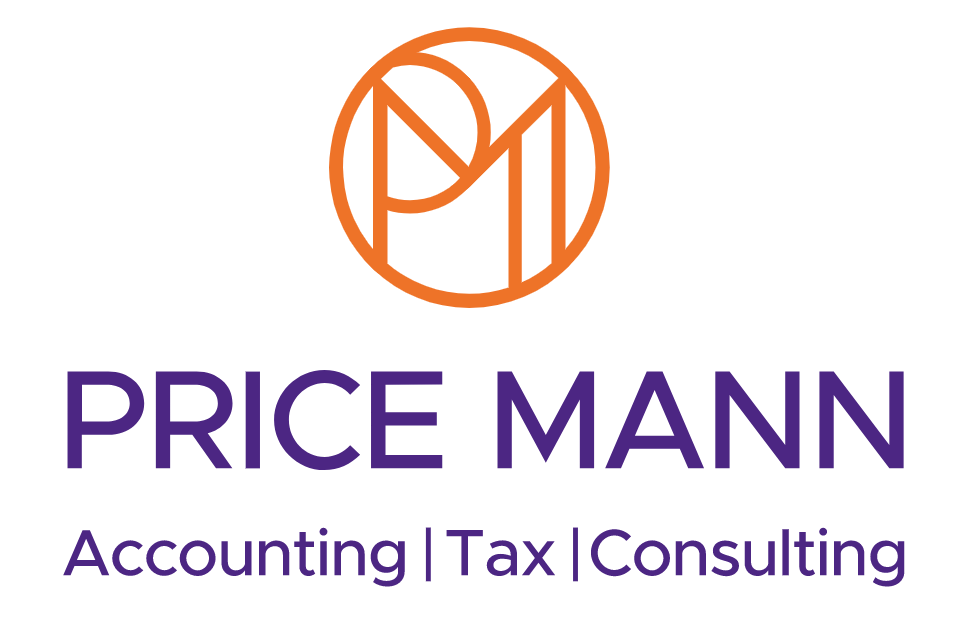Pension options at the age of 55
Pension options at the age of 55
Understanding your early-access pension options.
Despite remaining complex, pensions offer you far more flexibility from the age of 55 (rising to 57 from 6 April 2028) than was once possible.
If you are approaching 55, you might be feeling a twinge of trepidation or excitement that you could soon become “a pensioner” as this is the age at which you are allowed to access some pension savings.
For some it may not be a moment too soon.
The economic burden of COVID-19 has raised the spectre of redundancy for more people, while inflation is on the rise and interest rates remain low. Fuel shortages and empty shelves add to the general feeling of uncertainty, and some fear a deep recession.
Others might be more relaxed, and might not really be thinking of drawing any pension income for many years, but still interested to know the current state of play.
One thing’s for sure – there have been many rule changes since you began saving into a pension. There’s generally far more flexibility than there once was but, as you would expect with pensions, there’s also the same old complexity.
Here’s what you can and can’t do from the age of 55, along with the pros and cons of drawing money from this age.
Pensions you can access at 55
There are still several main types of pension, each with its own rules. Broadly speaking, though, you can take money from all of them when you turn 55. The exception is the state pension, which is not accessible until age 66 at the earliest.
For defined-contribution workplace pensions – ones which are based on contributions and growth over time – you should be able to access money from 55 with your employer’s permission.
For defined-benefit pension schemes – pensions which guarantee you a certain level of retirement income – some early access is possible, although you might lose valuable benefits.
You can also access any personal pensions at the age of 55, but you’ll need to check and understand whether penalties will apply.
The main options
Gone are the days when your only choice was some form of fixed income.
In fact, you may be able to do as much or as little with your pension pot as you wish. But whatever you decide, there will be tax and investment considerations.
The latest round of major changes, made back in 2015, permitted people to withdraw 100% of their personal pension pots from age 55. The general rule is 25% is tax-free, while the remainder is subject to income tax.
So for anyone with hefty pension savings, it is unlikely to be wise to withdraw it all at once from a tax perspective. Instead, the following options for accessing your pension are available.
Tax-free lump sum
The first thing that springs to mind for many is the availability of a 25% tax-free lump sum. It’s one of the big selling points of saving in a pension, given that tax relief is provided on the way in.
You may have it lined up to pay off a mortgage, to fund that dream holiday, for reinvestment or something else. If you face financial difficulty due to COVID-19, it could even be a lifeline.
Annuities
Buying an annuity is the traditional way of enjoying an income from a personal pension. You would take some or all of the money you had saved, pay it to an insurance company, and in return they would promise to pay you an income for the rest of your (and, if agreed, your partner’s) life.
It provides welcome certainty, but as life expectancies have risen, the value of the annual income is often perceived to be low. You can still do this, and for some it might appeal.
Income drawdown
The flexible alternative to buying an annuity is income drawdown, if your pension provider offers it.
This is when you keep your pension invested and take a taxable income from it – either from the natural income your investments generate or from capital within the pension. It gives you freedom, but unlike an annuity, it comes with no guarantees.
Early retirement from a company pension
If your pension is a company scheme, you might be permitted early access in return for a reduced annual pension income.
The pros of accessing at 55
There are so many moving parts to pensions that we can only talk very generally. These points are intended to spark a conversation with an expert, rather than for you to act upon them directly.
First of all, it is a massive plus that you have the freedom to access your pension from the age of 55. If you have a plan or a pressing need for the money, quite simply, it is on the table for you.
This freedom does have to be balanced against future need, and may come with a cost which we will cover in the cons section next.
Once you’ve factored in the tax-free sum, the pros are largely lifestyle-related. For example, you may be able to reduce your working hours if your pension income can top up a lower salary. Or you may be able to pay off your mortgage and decrease your personal overheads, achieving a better lifestyle that way.
Because of the level of flexibility, you can keep some or most of your pension invested, so that it continues to grow for later life, and you could carry on paying into a pension if your circumstances allow it later on.
What are the cons?
As with the pros, the cons to accessing your pension at 55 are general in nature, and might be able to be adequately managed with good retirement planning.
The first and most significant con is that taking cash now may increase your chance of running out of money later on. This is really important to understand, because later in life you may have no means of generating income, depending on your circumstances.
Not only are you taking what you have, but you’re also limiting the potential of your pension to benefit from compound growth. This may disproportionately affect its future value.
Taxes
The mainstream taxes you will need to consider are income tax and, indirectly, inheritance tax and capital gains tax.
After the tax-free lump sum is exhausted, any excess drawings will be taxed as income. Depending on the sums involved, this means you could be pushed up into a higher-rate bracket.
While capital gains tax will not come into play directly, it is worth remembering that a pension is a tax shelter in which your money is protected from this tax. If you are withdrawing money from a pension to make further investment, you might not get the same protection.
The same goes for inheritance tax, which pensions also offer useful protection against before the age of 75.
Pension rules
Then there are some targeted pension rules, which may or may not affect you.
The questions to be asking are: “How much are your pensions worth now and in the future?” and “Are you likely to want to make future pension contributions?”
The lifetime allowance is a total cap on the pension value you can accumulate in your lifetime, and currently stands at £1,073,100. You can exceed it, but there will likely be extra tax charges.
Withdrawing money from a pension at age 55 will trigger a test to see if these tax charges will apply at this point.
The annual allowance limits the amount you can pay into a pension each year. It is normally 100% of your pensionable earnings capped at £40,000. However, once you draw a taxable income directly from your pension, you may find yourself restricted by the money purchase annual allowance, which can reduce the cap to a flat £4,000.













